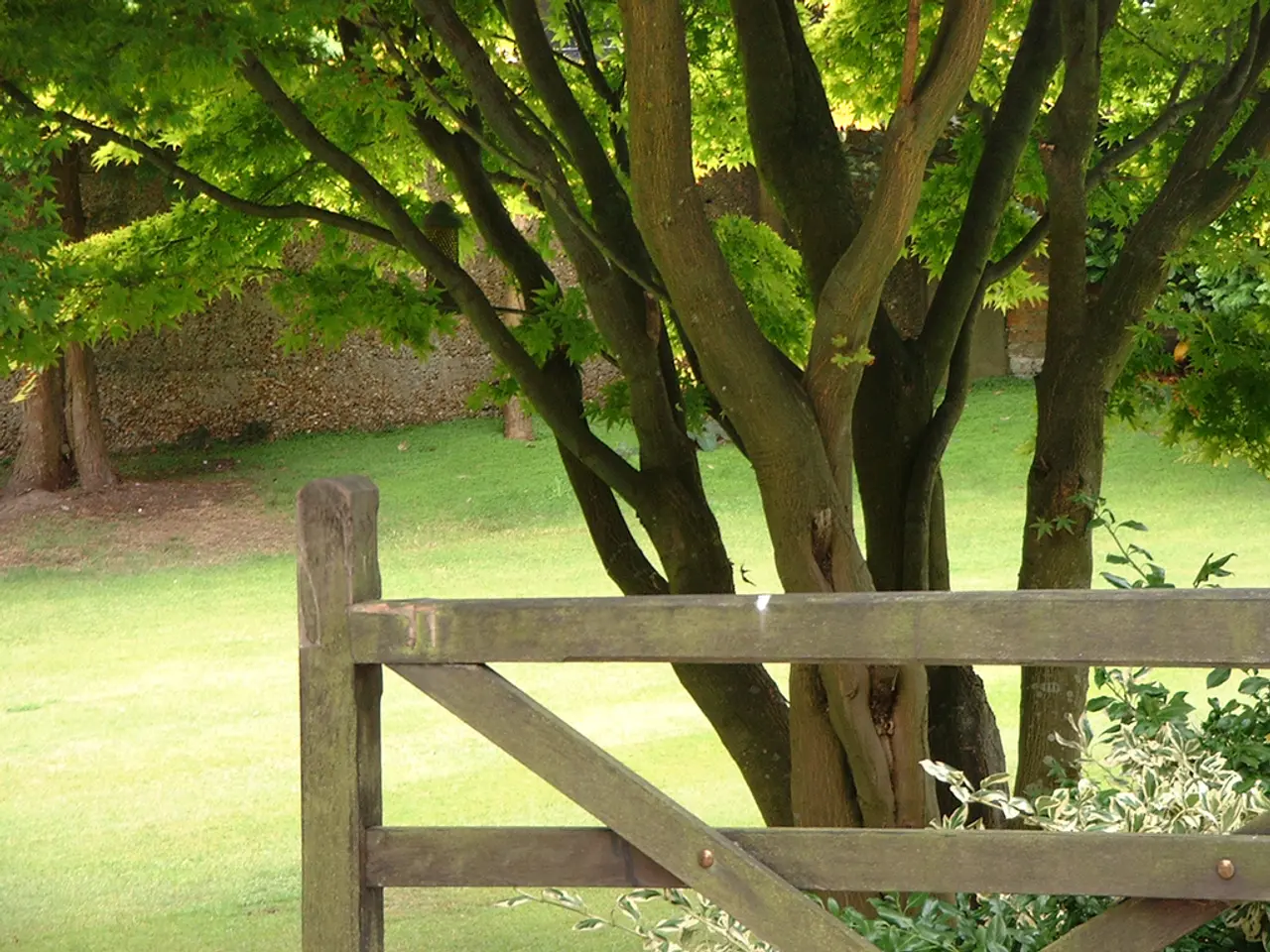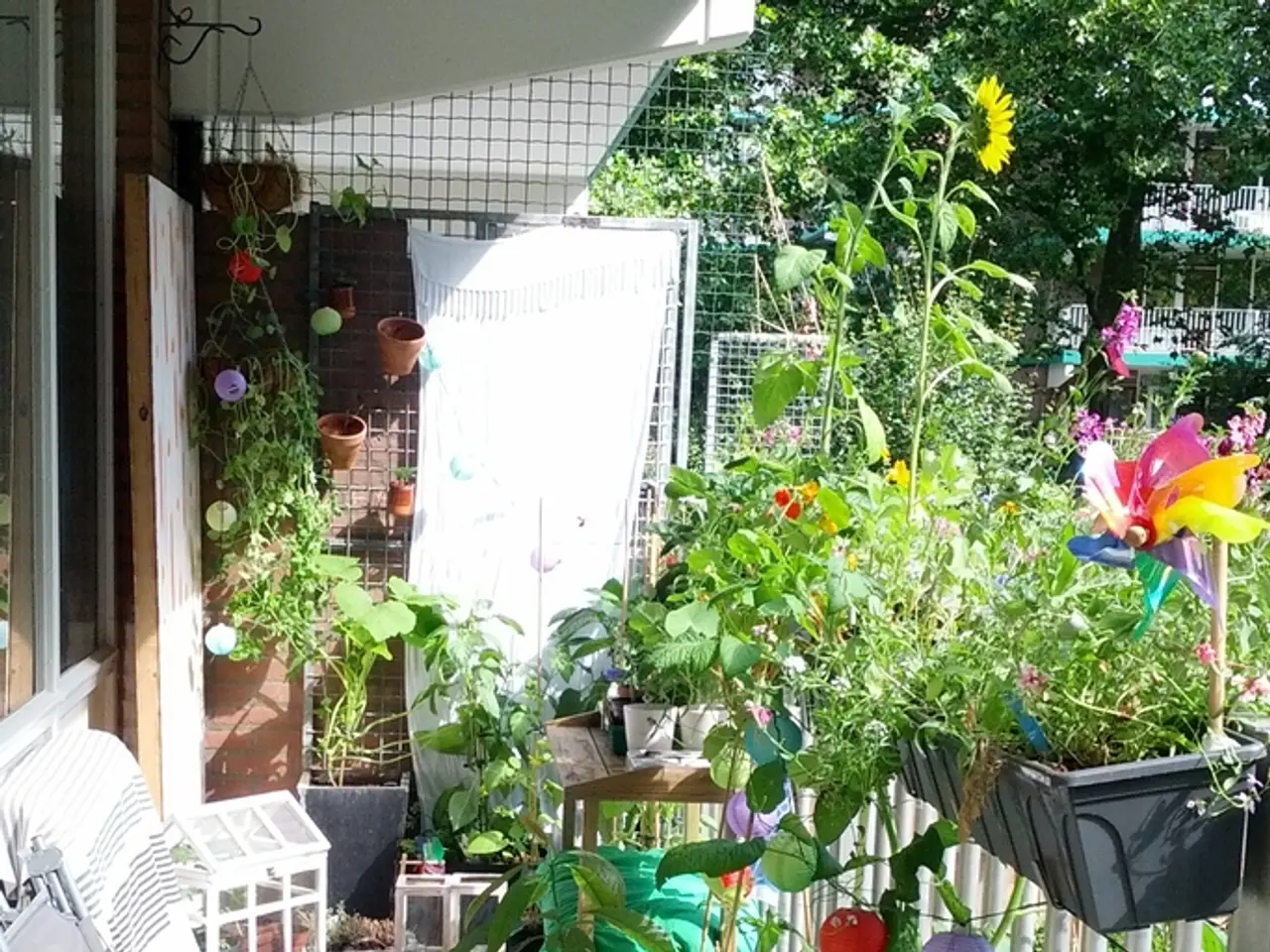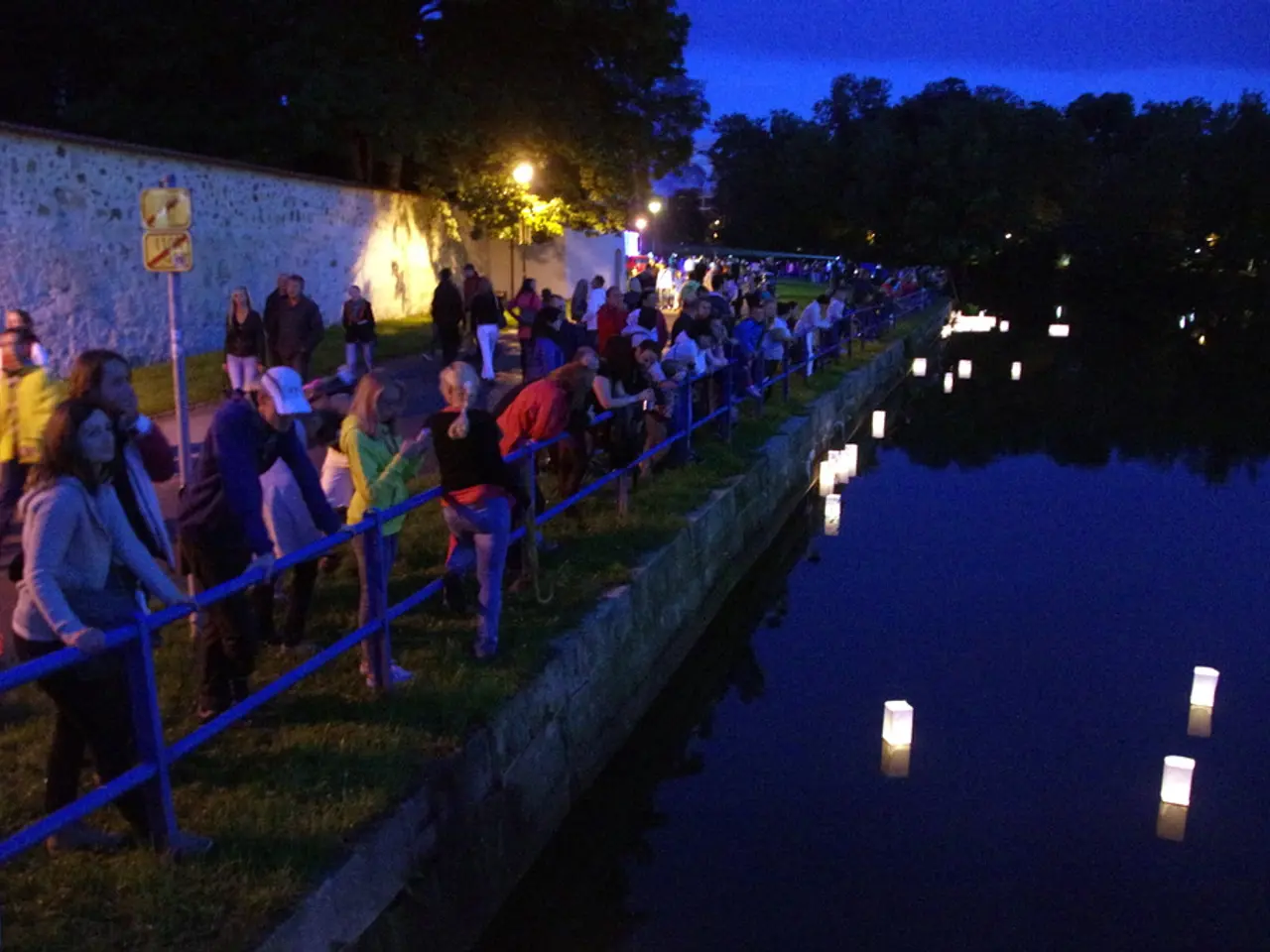Urban Ecology's Impact on fostering Eco-friendly Urban Spaces
In the quest to create vibrant, sustainable, and resilient cities, the principles of landscape ecology are proving to be invaluable. This interdisciplinary field investigates the impact of a landscape's structure and features on the behaviour of various species and the broader ecosystem over time and space.
By applying these principles in urban planning, we can significantly enhance habitat quality, ecological connectivity, resilience, and biodiversity in our cities. This approach addresses the issue of habitat fragmentation, promotes native species, and integrates natural processes into the urban fabric.
Enhancing Habitat Quality
Urban planners can design landscapes that support thriving native ecosystems by conducting thorough site assessments. Considerations include soil, hydrology, native vegetation, and existing wildlife habitats. Using native plants and minimizing chemicals further supports local biodiversity and ecosystem health.
Promoting Ecological Connectivity
Landscape ecology stresses the importance of connecting green patches through green corridors to counteract habitat fragmentation, which can reduce biodiversity by up to 75%. These corridors allow animals to move freely for essential behaviours like foraging and mating, thus maintaining resilient wildlife populations within urban areas.
Boosting Resilience
Incorporating landscape ecology leads to smarter water management, such as rain gardens, bioswales, and green roofs, that mitigate flooding, manage stormwater, filter pollutants, and recharge groundwater, making urban ecosystems more resilient to climate change and urban stressors.
Increasing Biodiversity
Thoughtful urban design that prioritizes habitat heterogeneity, removal of invasive species, and inclusion of varied native plant species creates conditions for diverse plants and animals to flourish. Green infrastructure designed with ecological function in mind provides multiple niches, enhancing biodiversity.
Improving Social and Psychological Outcomes
Beyond ecological benefits, green corridors, urban forests, and community gardens foster community connection, reduce stress, and promote well-being, aligning ecological health with human quality of life.
In essence, landscape ecology informs urban planning by viewing the city as an interconnected socio-ecological system. This approach optimizes land use not just for humans but also for native species, creating green cities that are ecologically vibrant, more resilient to environmental pressures, and better for human health and social cohesion.
Landscape ecology offers insights into urban planning to create cities of the future that are truly green and teeming with life. By reducing greenhouse emissions through optimal land use, preserving and enhancing natural landscapes and habitats, and preventing the fragmentation of habitats through green corridors, we can boost biodiversity and create a more sustainable urban environment.
- Integrating the principles of landscape ecology into urban planning can considerably improve the quality of both natural ecosystems and local biodiversity, especially by using native plants and minimizing chemicals.
- Green corridors, advocated by landscape ecology, counteract habitat fragmentation, enabling displaced wildlife to move freely and maintain strong, resilient populations in urban areas.
- By adopting smarter water management methods suggested by landscape ecology, we can foster more robust urban ecosystems that are resilient to climate change and environmental stressors.
- Landscape ecology-inspired urban design aims to create diverse environments suitable for a wide range of plant and animal species by focusing on habitat heterogeneity, invasive species removal, and incorporating native plant varieties.
- Implementing green infrastructure that values ecological function offers benefits beyond ecological health, such as fostering community connections, reducing stress, and promoting human well-being.
- Viewing the city through a landscape ecology lens means considering it as a complex socio-ecological system, optimizing land use for both human needs and native species preservation in the pursuit of creating green, vibrant cities.
- To minimize carbon emissions, preserve natural landscapes, and create a sustainable urban environment, we should adopt landscape ecology-driven solutions such as optimal land use, habitat preservation through green corridors, and reducing habitat fragmentation.




